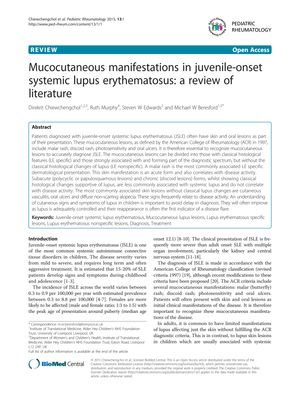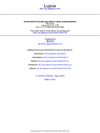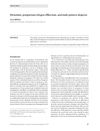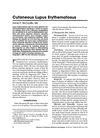Mucocutaneous Manifestations in Juvenile-Onset Systemic Lupus Erythematosus: A Review of Literature
January 2015
in “
Pediatric Rheumatology
”

TLDR Skin symptoms are important for diagnosing and managing juvenile-onset systemic lupus erythematosus and usually get better with treatment.
In 2015, Chiewchengchol et al. conducted a review on the mucocutaneous manifestations of juvenile-onset systemic lupus erythematosus (JSLE), which are present in 60-85% of cases and are crucial for diagnosis and management. The review categorized these manifestations into lupus erythematosus (LE) specific and nonspecific lesions, with specific lesions like malar rash indicating disease activity and nonspecific lesions such as cutaneous vasculitis, oral ulcers, and diffuse non-scarring alopecia often signaling active disease. The review highlighted the importance of recognizing these lesions to prevent diagnostic delays, as they can be the first sign of a flare and usually improve with disease control. JSLE, which has an incidence of 0.3 to 0.9 per 100,000 children per year, is more severe than adult-onset SLE, with a higher likelihood of multiple organ involvement. The review also noted that while the prevalence of mucocutaneous manifestations is similar in pediatric and adult patients, some lesions are less common in children. Management of JSLE involves topical corticosteroids for skin lesions and systemic therapies like hydroxychloroquine and immunosuppressive drugs for more severe cases, with sun protection being crucial for preventing exacerbation. Regular reassessment and monitoring are necessary for managing JSLE effectively.




